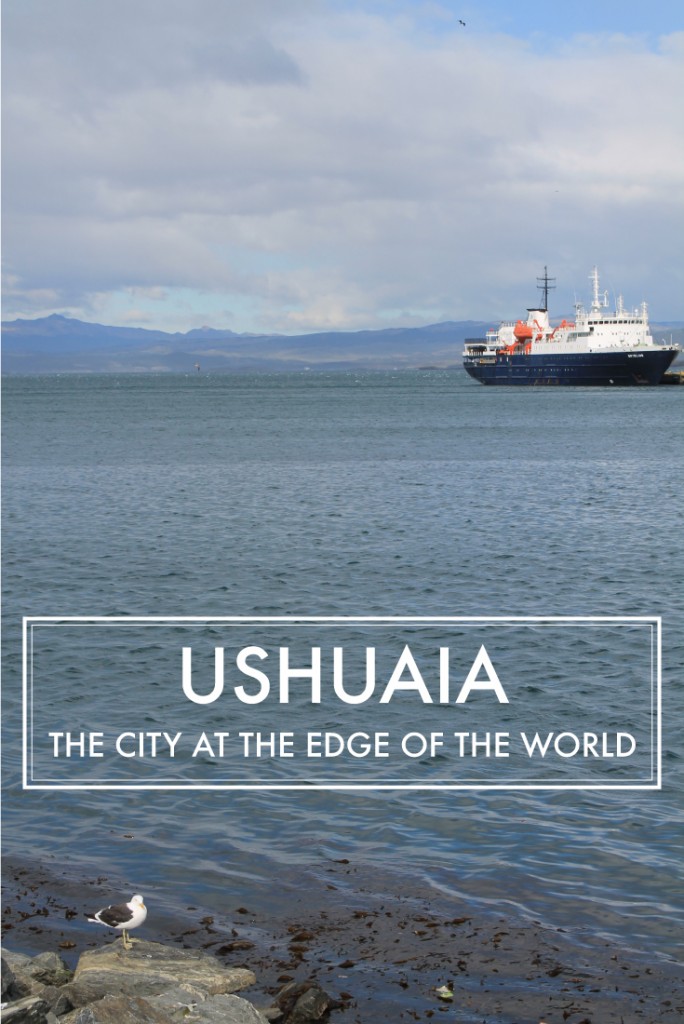Ushuaia, Argentina was my first taste of Patagonia, and boy did it taste good.
The name of the region “Patagonia” is often tossed around as the one of the last unexplored terrains in the world. It is famous for its captivating mountains, cold and dangerous waters, and daunting expanses of plains with hundreds of miles of underdeveloped highway weaving from town to far-away town. Nature magazines, travel photographers, and writeres such as Bruce Chatwin tout it as one of the most beautiful and desolate regions on Earth. It has a dark history since the era of exploration–there remain very few members of the original indigenous communities and ecosystems have been thrown devastatingly off-balance–but despite these negative changes, this immense and mysterious area of over one million square kilometers is undoubtedly the reason I came to Argentina.
Well, other than fulfilling most of the credits still remaing in my Spanish minor. But as for me and seven of my friends in the study abroad program, we couldn’t wait to get out of Buenos Aires for a 16-day backpacking adventure through some of the most beautiful hiking and scenic areas that this continent has to offer. We may have had to skip a little bit of class, but we couldn’t bear to miss out on all the highlights of Patagonia with the short time we had available. Our schedule was almost as full as our backpacks, and on March 13th we set off for our redeye flight from Buenos Aires’s Jorge Newberry Airport, and LAN took fabulous care of (so many airline snacks!) as we jetted towards Ushuaia, the southernmost city in the world.
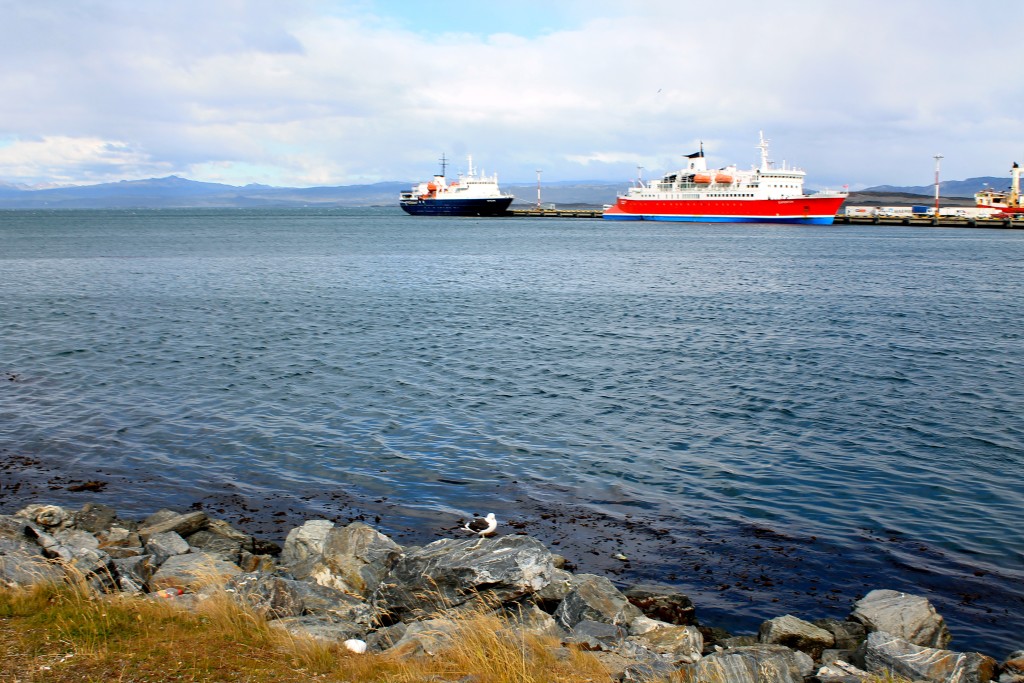
Ushuaia is located in the Tierra del Fuego province of Argentina, which in Spanish means “Land of Fire.” When Magellan was sailing the cold waters of the Beagle Channel several hundred years ago, he saw smoke coming from the camps of the Yamana people, and dubbed it “The Land of Smoke.” The king of Spain decided to change that title because where there is smoke, there is fire; and thus Tierra del Fuego got its name.
We arrived in the foggy cold morning to the small, colorful, port town. I immediately took in a deep breath and felt how different the air tasted here–it was cool, brisk, and lacked the heaviness of the city air that I so badly wanted to get away from. Ushuaia itself was quaint and beautiful. It reminded us all of Duluth, Minnesota, with its steep hills and touristy streets overlooking the bay, and with the 50F temperatures, I almost felt like I was back home.
After checking into Torre al Sur hostel (by far the best hostel experience I have had in South America!), we all set off to explore the town, purchase last-minute outdoor gear, and find something to eat. The first day was very relaxing aside from the hassle of trying to find the cheapest bus tickets to our next destination, Puerto Natales, Chile, for the coming Monday. One important thing to remember in planning a trip to Patagonia is to over-budget: most travel websites for tours and bus tickets in the region are extrememly out-of-date due to high inflation. We paid roughly $90USD for a bus ticket that I had anticipated costing $40USD. It was a rookie mistake, but it was not the only fiscal underestimate for the trip and overall our pockets were discouragingly light by the time we reached the final few days.
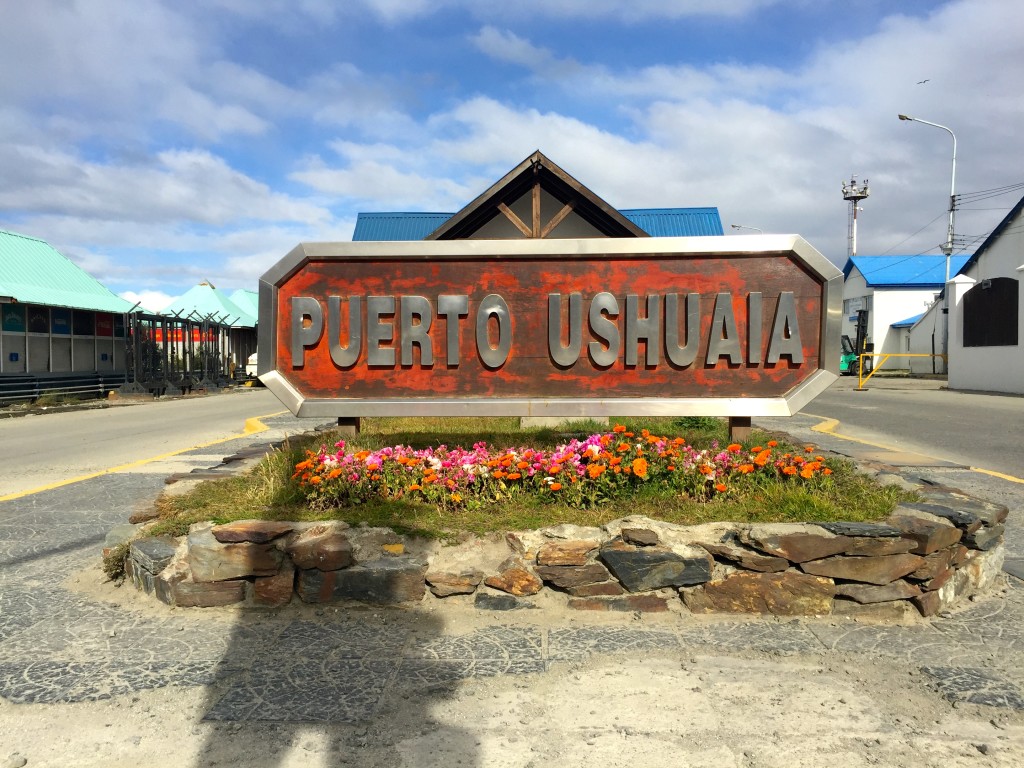
The city of Ushuaia itself was beautiful, especially down by the waterfront where there are memorials commemorating the explorers of the region, past military leaders, and the veterans of the Guerra de las Malvinas, the Falklands war. Although in the eyes of the British the Falklands are rightfully theirs, there remain signs and sentiments throughout Argentina claiming that las islas Malvinas are Argentine, illegally occupied by British forces. The downtown area also has a colorful craft market, dozens of souvonier boutiques, and several museums, such as the Museo Yamana, a small but very informational tribute to the Yamana people that costs 70AR (or 45AR with a student ID) and is well worth the trip. The city was charming and we enjoyed exploring it, but we were itching to begin the outdoors aspect to our trip. On the second day after a delicious (free) hostel breakfast, we ventured into Tierra del Fuego National Park.
The eight of us spent the day hiking 8km through the forests of the Parque Nacional, the majority of which was along the shores of the Beagle Channel. We were breaking in our hiking boots and preparing ourselves for the next two weeks, and compared to what lay ahead, today’s hike was nothing.
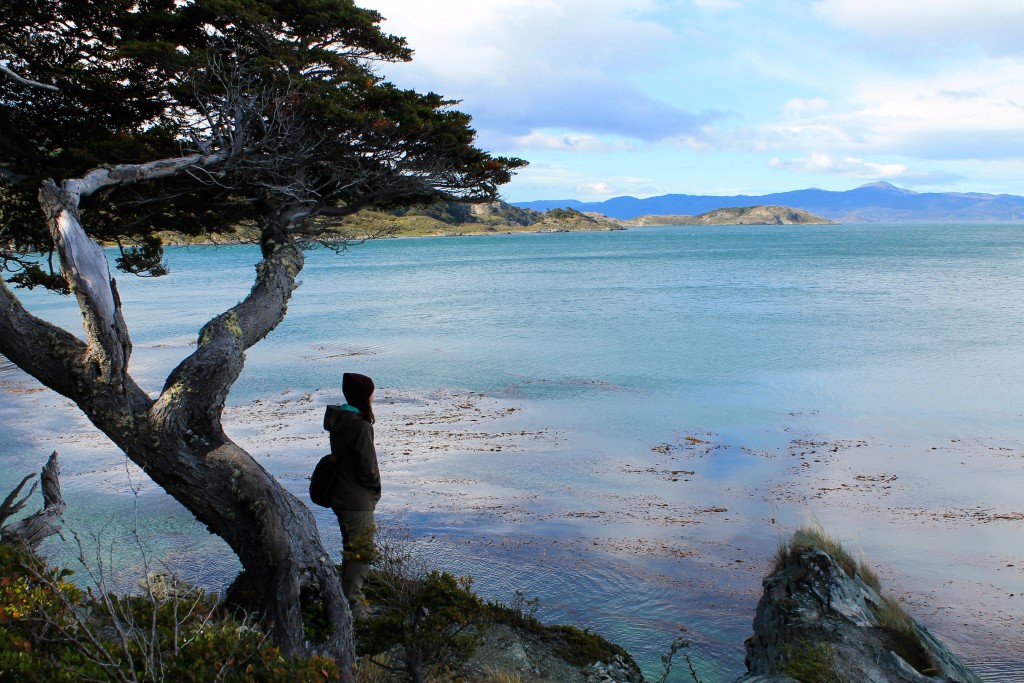
Nevertheless, it was incredibly beautiful and the water was so blue. In fact, you can drink the stream water from any national park in Patagonia (at least the ones we visited), but even the salt water bays of the Beagle Channel were clear as crystal and we could see deep into its chilly depths. Surrounding our vista were small, foggy, vegetation-covered mountains that made the experience very eerie when the rain clouds came over us every half hour or so as if on a timer. The rain never spoiled our hike though, it just added another dimension to the experience.
The next day, we went for a muddy but rewarding hike up to Laguna Esmeralda, a lake formed high up in the mountains from the trickling stream of a glacier. We left at about 1pm; our hostel “mother” Marisa advised us to go later in the day for a chance to see the beavers come out around 6pm. Beavers are not native to Tierra del Fuego or anywhere in Patagonia, they were introduced in the 1940’s by fur traders. Now without any natural predators in the area, a large overpopulation problem has developed and beaver dams are springing up in streams all over the area. Unforunately we didn’t see any of the furry creatures, but we were amazed at the engineering that goes into building some of their larger homes. In the center of the photo below, you can see the large dam that literally creates its own waterfall and slows the flow of the stream from Laguna Esmeralda.
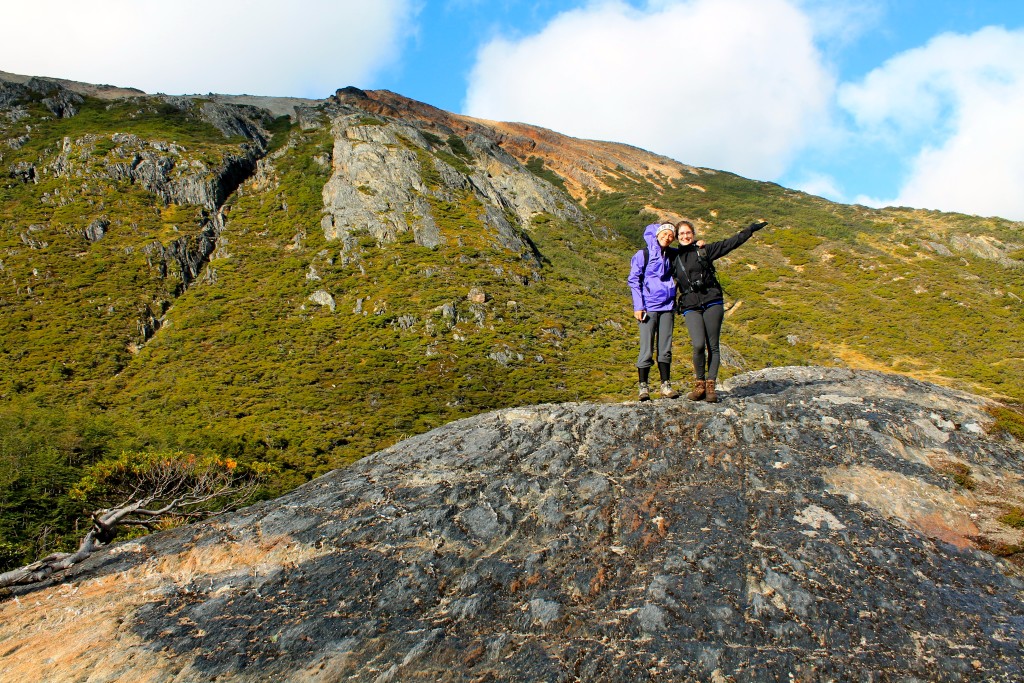
The hike itself wasn’t long at about 7km, but the deep mud and the rocky steam held us back a bit. A few of us had a great time fighting the mist in the air to take dozens of photos, and we were late to join the crew that had made it to the top of the grand hill overlooking the lagoon. I think that one of my favorite parts of the day though was playing leap-frog from rock to rock to avoid sinking into almost a foot of marsh and mud!
Laguna Esmeralda itself was a huge, clear puddle of blue glacier water with delicate rocks lining the shores and an increible view of the mountains surrounding it. The waters were freezing cold to the touch but probably cleaner than taking a bath in city water, so naturally, some of us decided to run in completely naked (myself excluded).
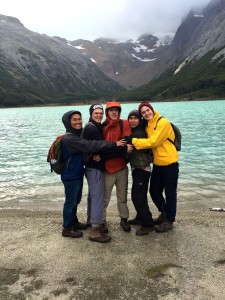
The boys shed their shorts and ran shouting into the water. They swam out about 15 feet to a sharp drop-off before all turning around in unison, crying from the shock of the ice-cold glacier water that immediately froze their muscles. It was a hilarious from an onlookers point of view, and although I love adventure, there was absolutley no way I was getting in that water after seeing the painful expressions on their faces. There is a hilarious video that accompanies this and catches it all on camera, but it’s not quite appropriate to share. 😉
That night, we prepared to head out bright and early for our 5 a.m. bus trip to Puerto Natales, Chile, where we would spend a week hiking the W Trek in Torres del Paine National Park. The 18-hour bus ride from Ushuaia to the small Chilean time included two border crossing stops and a ferry crossing, the latter of which was definitely the highlight of the long day of travel. Otherwise, I passed the time in my crammed bus seat by reading Bruce Chatwin’s “In Patagonia,” which you can read about in the book review section of by blog.
We spent the next week hiking in Torres del Paine National Park in Chile, which you can now read about! After that, we jumped up to Argentine Patagonia, which was another incredible adventure in itself.

